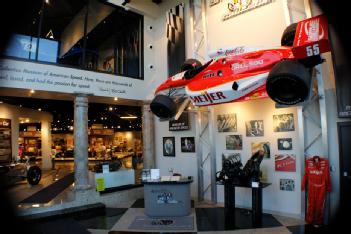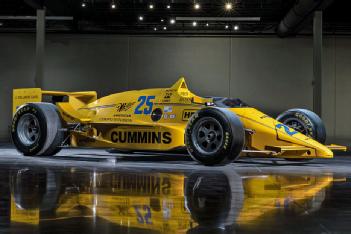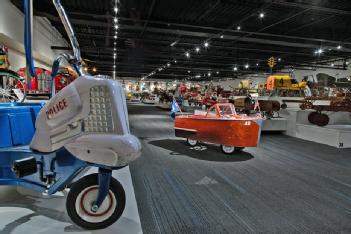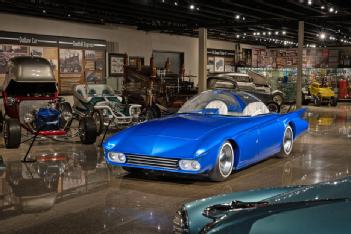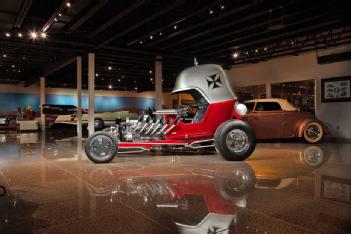
 |
Museum of American Speed |
68528 Lincoln, NE, United States of America (USA) (Nebraska ) |
|
| Address |
599 Oakcreek Dr.
|
| Floor area | 12 542 m² / 135 000 ft² |
Racing cars
- Passenger cars
- Motorcycles / Motorbikes
- Mechanical Music Instruments
- Model Cars
- Bicycles
- Combustion engines/generators/pumps
- Jukeboxes
|
Opening times
|
October - April: Monday + Friday: 12pm - 4:30pm; Saturday: 9am - 1pm May - September: Monday - Friday: 12pm - 4:30pm; Saturday: 9am - 1pm closed on all major holidays |
||||
|
Status from 02/2024
|
Adult: $15; Veterans/College Students: $10; Youth (Ages 6-17): $5 | ||||
| Contact |
|
||||
| Homepage | www.museumofamericanspeed.org | ||||
| Location / Directions |
Lincoln is the capital city of the U.S. state of Nebraska. |
| Description | The Speedway Motors Museum of American Speed preserves, interprets, and displays physical items significant in racing and automotive history. Exhibits include racing vehicles dating from the 1920s to recent vintage Indy Cars, classic midget cars, Go-karts, motorized toys, antique and rare cars, a Soap Box Derby collection, automotive memorabilia, and Buck Rogers memorabilia, as well as Music Room that houses a collection of autographed guitars on the ceiling. Tether Cars Music Room You will find hundreds of automotive-related album covers, along with a vast collection of signed stringed instruments, and the famous, Lively Set Movie car! You’ll enjoy the vocal harmonies of The Beach Boys’ recordings alongside the magnificent Chevrolet 409 c.i. engine display. Schwinn Krate Quadangle Soapbox Derby The Unser Racing Museum Merged with the Museum of American Speed |
[dsp_museum_detail.cfm]
| Data Compliance | More Information |
 museumofamericanspeed.org
museumofamericanspeed.org 